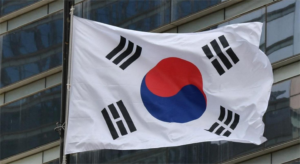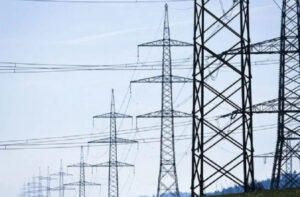Menu
Philippines Celebrates Economic Milestone with $3.67 Billion BOP Surplus in 2023
- Junnel G
- January 21, 2024
- 7:52 pm
The Philippines has marked a significant economic turnaround, with its balance of payments (BOP) shifting from a deficit to a robust surplus in 2023. This positive swing, as reported by the Bangko Sentral ng Pilipinas (BSP), signifies a healthier financial interaction with the global economy, reflecting more inflows of funds into the country than outflows.
The BOP, a crucial economic indicator, encapsulates the country’s transactions with the international community over a given period. In 2023, the Philippines recorded a remarkable surplus of $3.672 billion, a sharp contrast to the $7.263 billion deficit registered in 2022. This reversal is attributed primarily to several key factors, including a healthier trade balance, increased net inflows from personal remittances, service trade, and foreign borrowings by the national government. Although the contribution from foreign direct investments was lower during the period, it still played a role in bolstering the surplus.
Rizal Commercial Banking Corp.’s chief economist Michael Ricafort provided insight into the BOP surplus, attributing it to the sustained growth in the country’s structural US dollar inflows. These inflows span various sectors, including Overseas Filipino Worker (OFW) remittances, Business Process Outsourcing (BPO) revenues, exports, foreign investments, and tourism revenues, among others.
An examination of the monthly figures reveals that December 2023 alone saw a BOP surplus of $642 billion, marking an increase from the $612-billion surplus in December 2022 and a significant improvement from the $216 billion recorded in November. The BSP attributes this surplus to a combination of factors, including net foreign currency deposits from the national government, income from the BSP’s foreign investments, and the central bank’s net foreign exchange operations.
Another positive indicator for the Philippine economy is the growth in its gross international reserves (GIR), which serves as a gauge of the country’s capacity to meet import payments and service foreign debt. The GIR level climbed to $103.8 billion at the end of December 2023, up from $102.7 billion at the end of November. This level of reserves is more than sufficient, covering 7.8 months’ worth of imports of goods and payments of services and primary income. Furthermore, it represents a robust safety net, being about six times the country’s short-term external debt based on original maturity and 3.8 times based on residual maturity.
This positive shift in the balance of payments and the solid performance of the country’s gross international reserves are indicative of the Philippines’ strengthened economic position and its increased resilience in the face of global financial dynamics.
#Top Tags COVID Covid-19 Technology Finance Investing Sustainability Economy

Subscribe to Our Newsletter and get a free pdf:




















Comments are closed for this article!